When I told my 8th grade social studies students that we would be exploring climate change, I didn’t receive the most receptive, encouraging responses. They made comments to the effect of, “We just studied this in science, why are we learning about this in social studies?”
A revealing question, one that exposes how compartmentalized and disconnected they saw this issue from society. Before this semester, having never delved into climate change as a social studies educator, I would have been at loss. Then, I turned to A People’s Curriculum for the Earth. The collection of primary-source based lessons and activities embedded in this book proved to be an invaluable and powerful resource.
Lessons like the Climate Change Mixer, Paradise Lost, and the Thingamabob simulation took my students from a place of what appeared to be indifference and complacency, to a place of inquiry, compassion, and activism.
The culminating activity involved having my students participate in a mock trial based on Bill Bigelow’s role play activity ‘Who’s to Blame for the Climate Crisis’? By this point of our study, my students were emotionally and intellectually ‘invested’ and were genuinely curious as to what or who is responsible for the environmental crisis.
A People’s Curriculum for the Earth prompted me as an educator to teach differently — more holistically, and more critically. It also reminded me of the importance of cultivating the learning conditions for students to make those intimate connections between themselves, other human beings, and the earth.

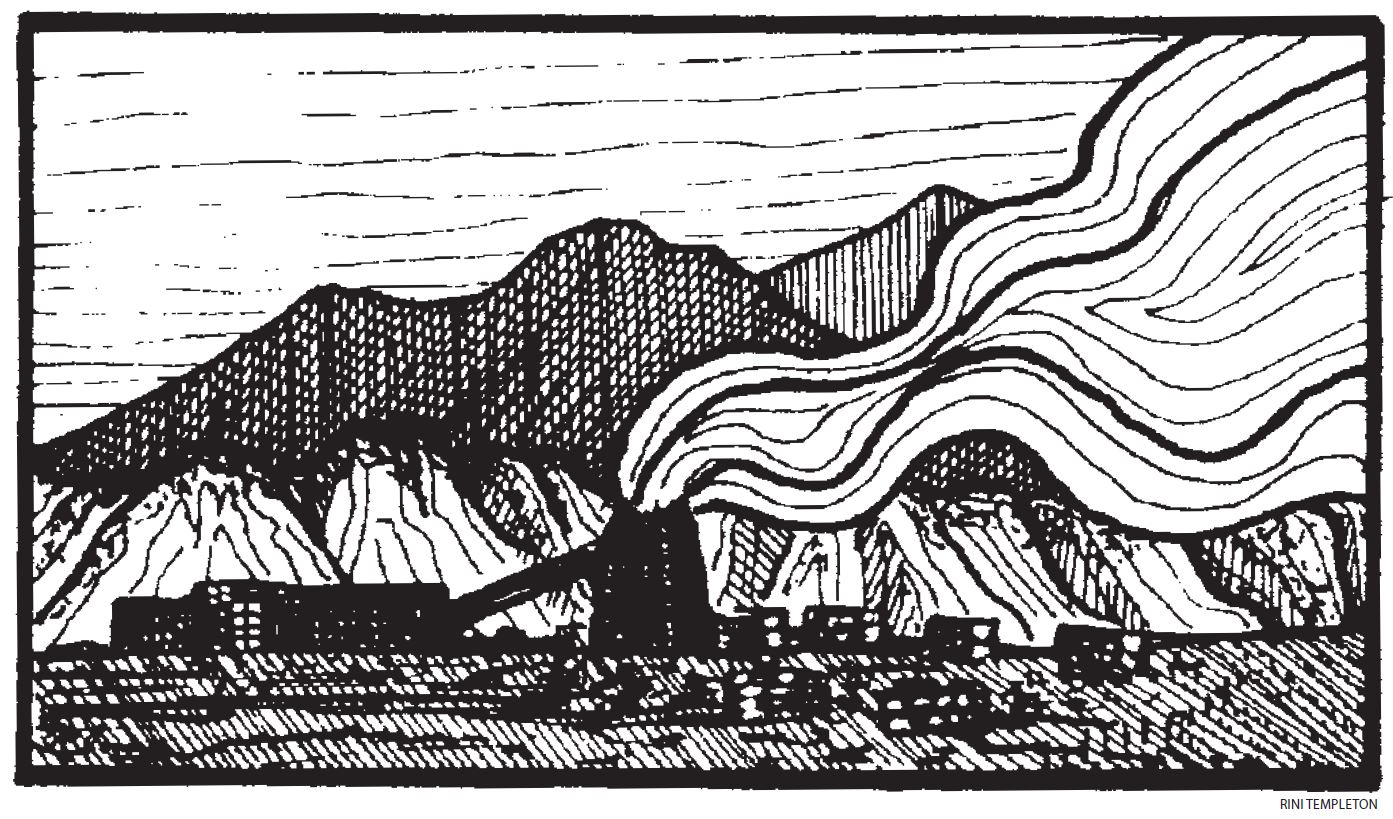
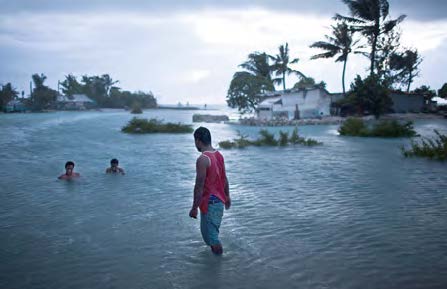
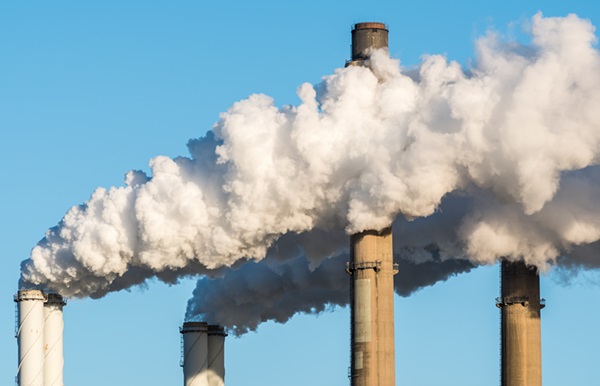
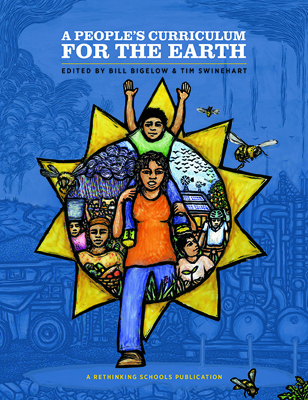
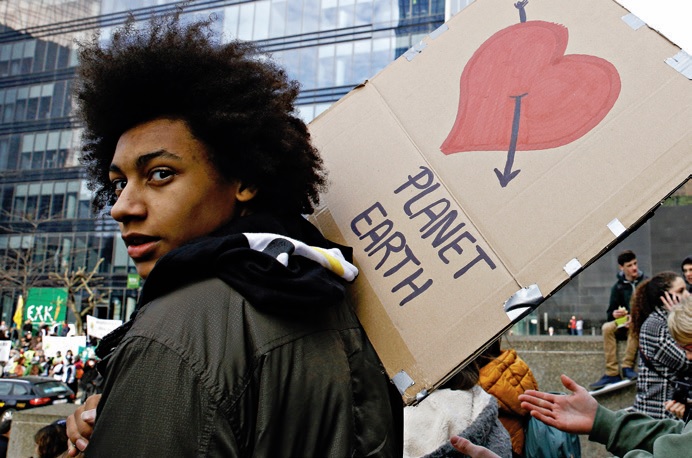





Twitter
Google plus
LinkedIn